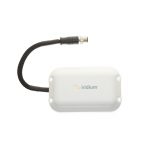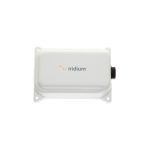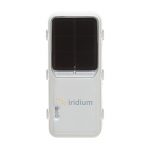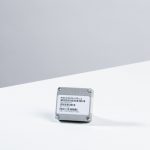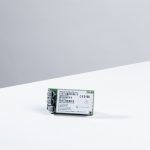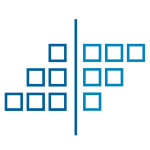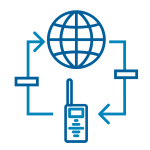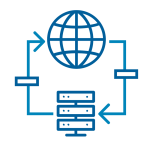What is Satellite IoT and How is it Used?
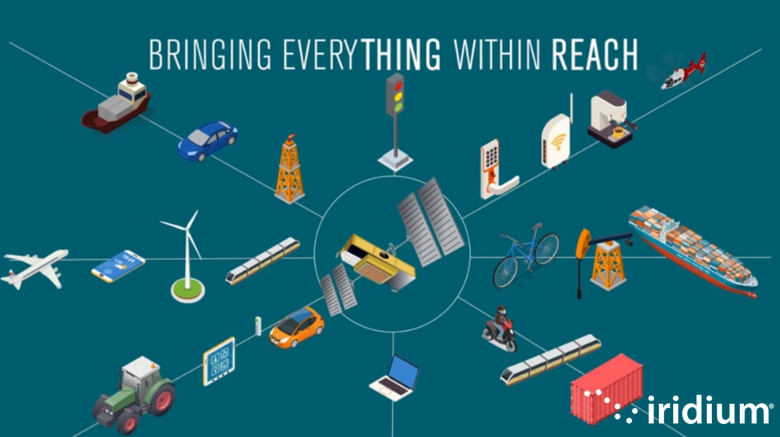
The Internet of Things (IoT) is a world in and of itself with “smart” technology impacting nearly all facets of society. When the average person thinks about IoT, examples such as connected thermostats, home security systems and cars come to mind, but this is just the tip of the iceberg.
Modern-day businesses and organizations rely on IoT to enable millions of intelligent data conversations, helping them track, monitor and manage assets; ensure the safety of their workers, and improve remote operations. To many people, it may come as a surprise that because of IoT technology, critical elements of our economy, such as the global supply chain, can be managed remotely. For instance, trucks carrying perishable goods can be monitored in real time, and merchant ships can be piloted from the safety of the shore, and it’s all made possible by some form of connectivity. But since cellular coverage only reaches approximately 15 percent of the planet, technology developers have had to find ways to extend their reach beyond the limits of terrestrial infrastructure. This need led more and more companies to look to satellite communications to create coverage continuity, and as a result, a new IoT category emerged – satellite IoT.
Satellite IoT gives organizations the peace of mind that no matter where their assets are, the ability to reliably monitor, track and manage application connectivity is available. As the only commercial satellite constellation capable of delivering true global coverage, Iridium is at the forefront of this industry. The Iridium® network is uniquely qualified to provide global satellite IoT services due to its network architecture of 66 Low Earth Orbit (LEO) satellites, blanketing the earth with reliable and ubiquitous coverage.
Examples of satellite IoT usage can be found across all industry verticals from the maritime market to machine-to-machine (M2M) applications in transportation, agriculture, oil and gas, utilities and construction, among many others. To help paint a clear picture of how satellite IoT is used today, let’s explore the heavy equipment market. Many of the world’s largest heavy equipment Original Equipment Manufacturers (OEMs) rely on Iridium’s satellite IoT solutions to remotely monitor and manage deployed assets. For instance, Kobelco Construction Machinery (KCM) recently partnered with Iridium to integrate Iridium’s two-way satellite communications into its hydraulic excavator machinery, heavy equipment, and remote asset management platform. Through the addition of Iridium IoT services, KCM equipment is now fitted with truly global coverage for the first time. Additionally, KCM deployed assets can be programmed to automatically deliver recurring telematics information like engine performance, run time, fault diagnostics, and other maintenance related data to customers through critical, real-time, actionable reports and alerts.
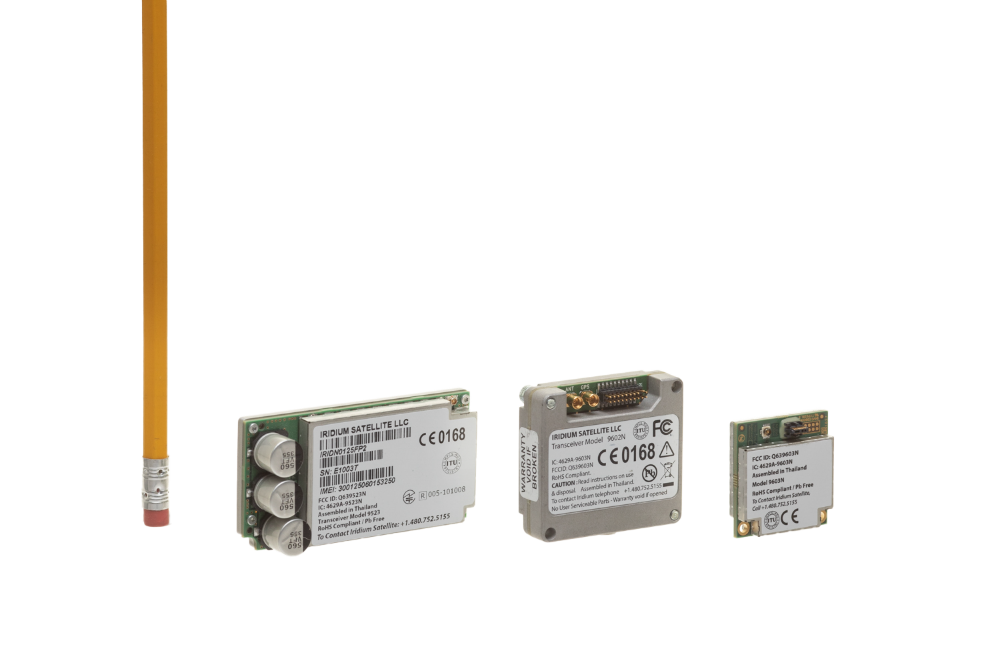
Image: (left to right) pencil for scale, Iridium Core 9523, Iridium 9602, Iridium 9603
The OEM market is just one example, and due to its flexibility, satellite IoT can be incorporated into technology applications across any industry, including autonomous systems or un-crewed vehicles, railroads, animal tracking, weather sensors and more. Developers can look to satellite IoT solutions to augment existing applications, extending their reach beyond cellular coverage, and can pursue business opportunities previously not possible due to connectivity limitations. To help simplify the development phase, Iridium products such as developer kits and hardware-ready devices make a fast time to market possible for those new to satellite IoT and looking to incorporate satellite into existing or new applications. And with services like Iridium CloudConnect, back-office functions are simplified with AWS integration, making extending the reach of your services even easier.
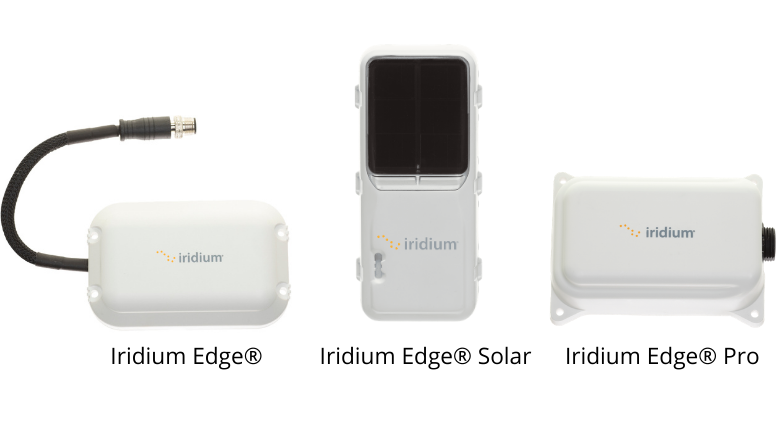
As satellite IoT continues to be embraced, we can expect to see new applications emerge at a rapid pace. As an industry, providing access to reliable and robust connectivity will be our most important job, and at Iridium, we can look forward to being the backbone of innovation for years to come.
For more information about Iridium’s satellite IoT products and services, please visit https://www.iridium.com/solutions/iot/

